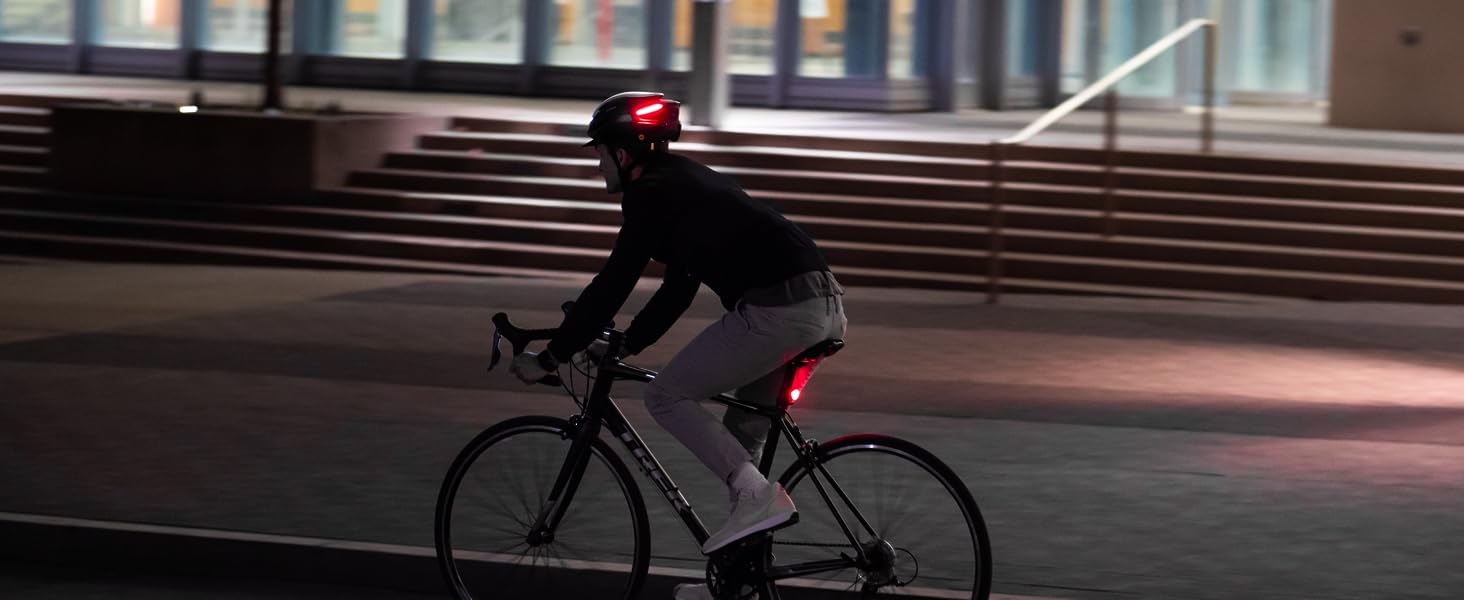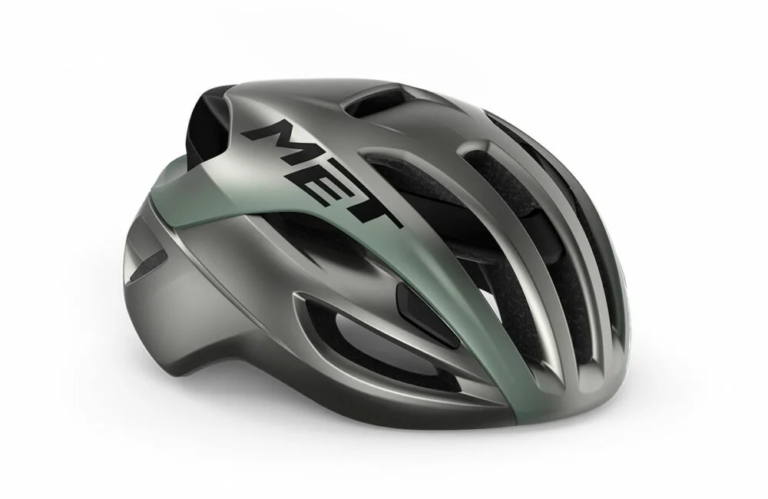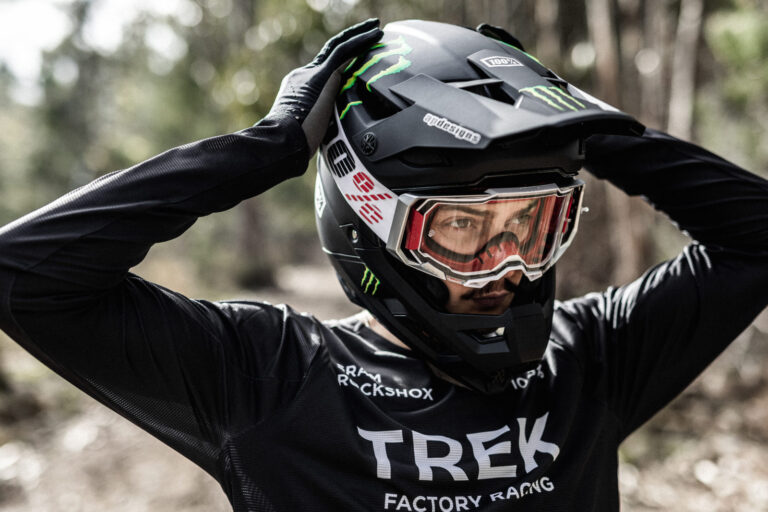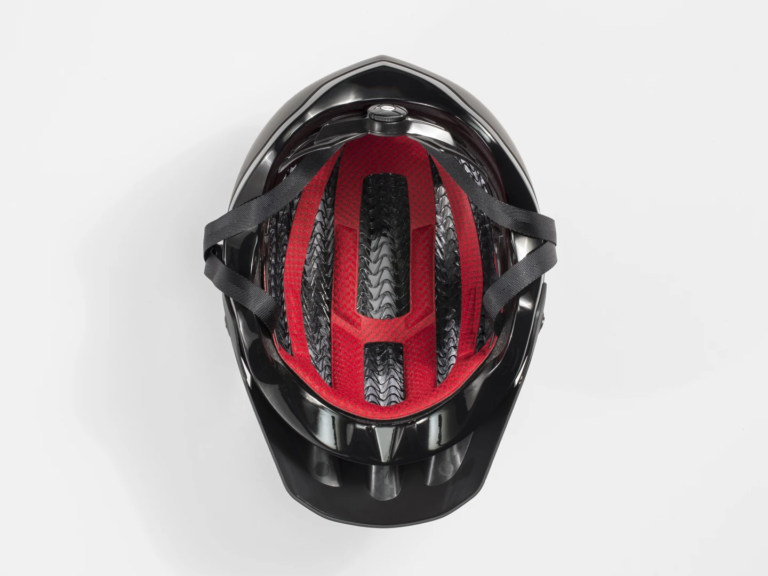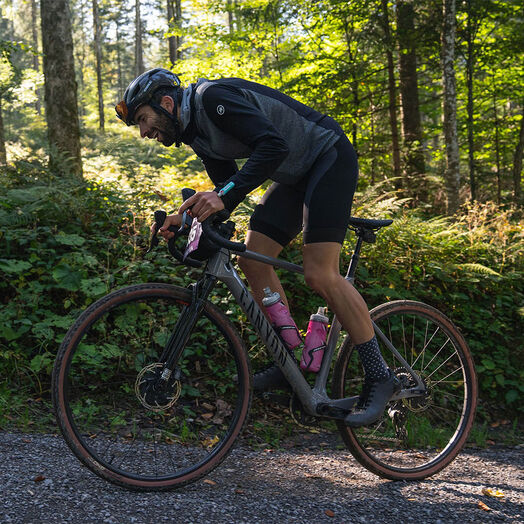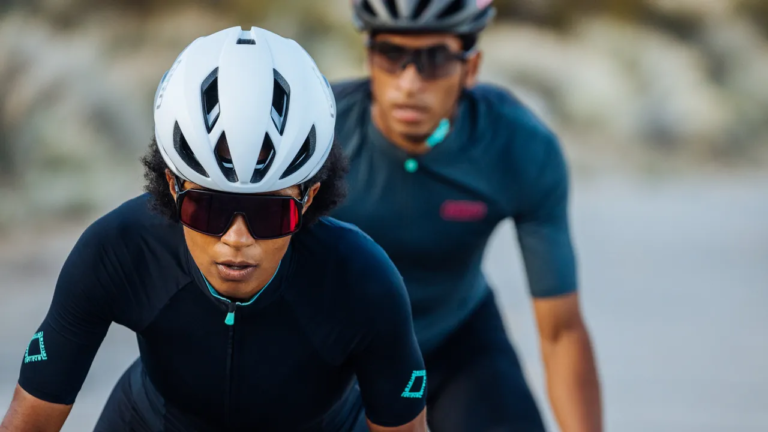Shedding Light on Safety: Installing Lights on Road Bike Helmets
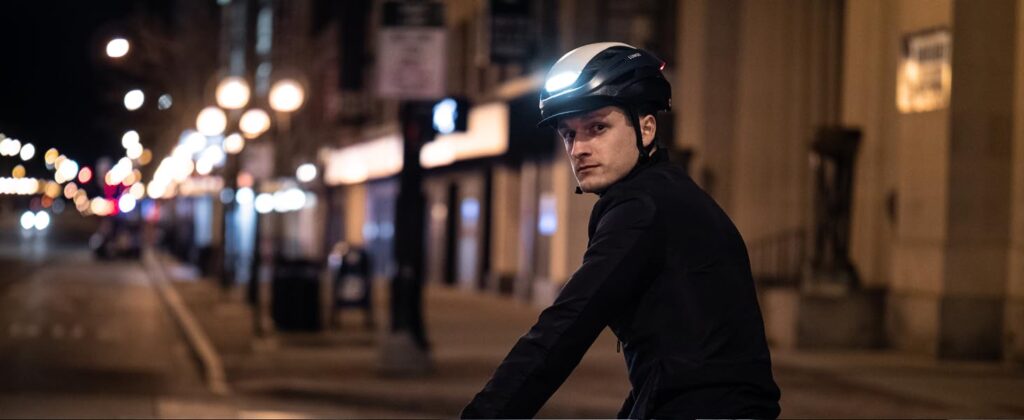
Key Point Summary of Installing Lights on Road Bike Helmets
- Selecting the Right Helmet Light: Considerations for brightness, weight, and battery life.
- Installation Techniques: Step-by-step instructions for mounting lights on road bike helmets.
- Riding Safely at Night: Best practices for visibility and safety during night rides.
As a master cyclist with extensive experience in mountain biking, gravel biking, and cyclocross, I understand the importance of proper equipment, especially when it comes to safety lighting for road biking at night. For beginner to mid-level cyclists, installing lights on road bike helmets is crucial. Here’s what you need to know.
Selecting the Right Helmet Light
When choosing a helmet light for road biking at night, look for:
- Brightness: Aim for a light with 200-500 lumens. This range is sufficient for visibility without being overly intense.
- Weight: A lightweight light won’t weigh down your helmet, maintaining comfort during long rides.
- Battery Life: Opt for lights with long-lasting battery life for extended night rides.
Installation Techniques
Properly mounting your light is key:
- Finding the Right Spot: Center the light on your helmet’s front to ensure it illuminates where you’re looking.
- Securing the Light: Use the provided straps or mounting system to attach the light. It should be tight enough to stay in place but not so tight that it damages the helmet.
- Angle Adjustment: The light should point slightly downwards to illuminate the road ahead without blinding oncoming traffic.
Road Bike Helmets Suitable for Light Mounting
Some road bike helmets are designed for easy light installation. Models like the Giro Synthe or Specialized Propero offer integrated mounts or flat surfaces for adhesive mounts, making light attachment seamless and secure.
- Integrated Mounts: Some helmets come with built-in mounts specifically designed for attaching lights. This feature is incredibly convenient as it eliminates the need for additional straps or adhesive. The mounts are usually located on the front of the helmet, positioned to optimize the light’s angle for road visibility. For example, the Giro Synthe has integrated mounts that allow for a streamlined and aerodynamic attachment of lights.
- Flat Surfaces for Adhesive Mounts: Helmets with flat or slightly curved surfaces provide the ideal base for adhesive light mounts. This design feature is critical for ensuring that the light stays securely in place, even during vigorous road biking activities. The Specialized Propero, for instance, offers a flat surface at the front, allowing riders to attach a variety of lights using adhesive mounts. This flexibility is great for cyclists who might switch between different light models or need to replace their lights periodically.
- Sturdy Construction for Secure Attachment: Helmets designed for light mounting also emphasize sturdy construction around the mounting area to handle the extra weight and movement of the light. This ensures that the light stays in place without compromising the helmet’s structural integrity or safety features.
- Aerodynamic Design with Light Consideration: Another aspect of helmets like the Giro Synthe and Specialized Propero is their aerodynamic design, which takes into account the addition of a light. The goal is to minimize wind resistance and drag, even with the light attached, making them ideal for high-speed road biking.
- Compatibility with Various Light Models: These helmets are often designed with a range of light models in mind, ensuring compatibility with popular brands and styles. This means you’re likely to find a light that fits well with your helmet, whether it’s a model specifically designed for that helmet or a more universal light.
In summary, when looking for road bike helmets suitable for light mounting, prioritize those with integrated mounts, flat surfaces for adhesive attachments, sturdy construction, aerodynamic design, and broad compatibility with light models. Helmets like the Giro Synthe and Specialized Propero are excellent examples, offering seamless and secure light attachment, which is essential for safe and effective night riding.
Choosing Lights for Night Riding
When selecting lights for your road bike helmet, consider:
- Beam Pattern: Lights with a focused beam are ideal for road biking, as they illuminate the road ahead efficiently.
- Ease of Installation: Look for lights designed for easy helmet mounting, such as the Bontrager Ion 200 RT or the Flare RT.
- Durability: Choose weather-resistant lights, especially if you often find yourself biking in various conditions.
Riding Safely at Night
Safety during night rides is paramount:
- Test Your Setup: Always test your light in a dark environment before heading out.
- Be Visible: In addition to your helmet light, use reflective clothing and other bike lights.
- Battery Checks: Start with a full charge and consider carrying a backup.
- Familiarize with Your Route: Nighttime can transform familiar routes, so knowing your path is crucial.
Incorporating these tips and choosing the right equipment will enhance your safety and enjoyment while road biking at night.
FAQ
Are helmet lights useful?
Yes, helmet lights are highly useful for road biking. They enhance visibility, ensure you’re seen by other road users, and illuminate your path, making night rides safer and more enjoyable.
What’s the best bike helmet light?
The best bike helmet light depends on individual needs, but the Garmin Varia UT800 is widely recommended for its brightness, long battery life, and intelligent beam adjustment based on speed.
Is it better to have bike light on helmet or handlebar?
Both helmet and handlebar lights have their advantages for biking. Helmet lights offer directional lighting where you look, enhancing visibility in your line of sight. Handlebar lights provide a steady, forward-facing beam, illuminating the road ahead consistently. Ideally, using both together offers the best visibility and safety.
The right light not only helps you see but also ensures you are seen. Stay safe and enjoy the unique experience of night cycling!
John
